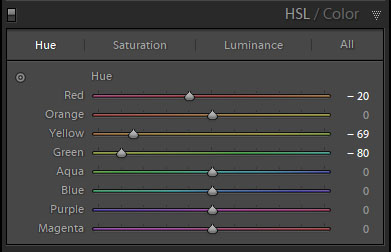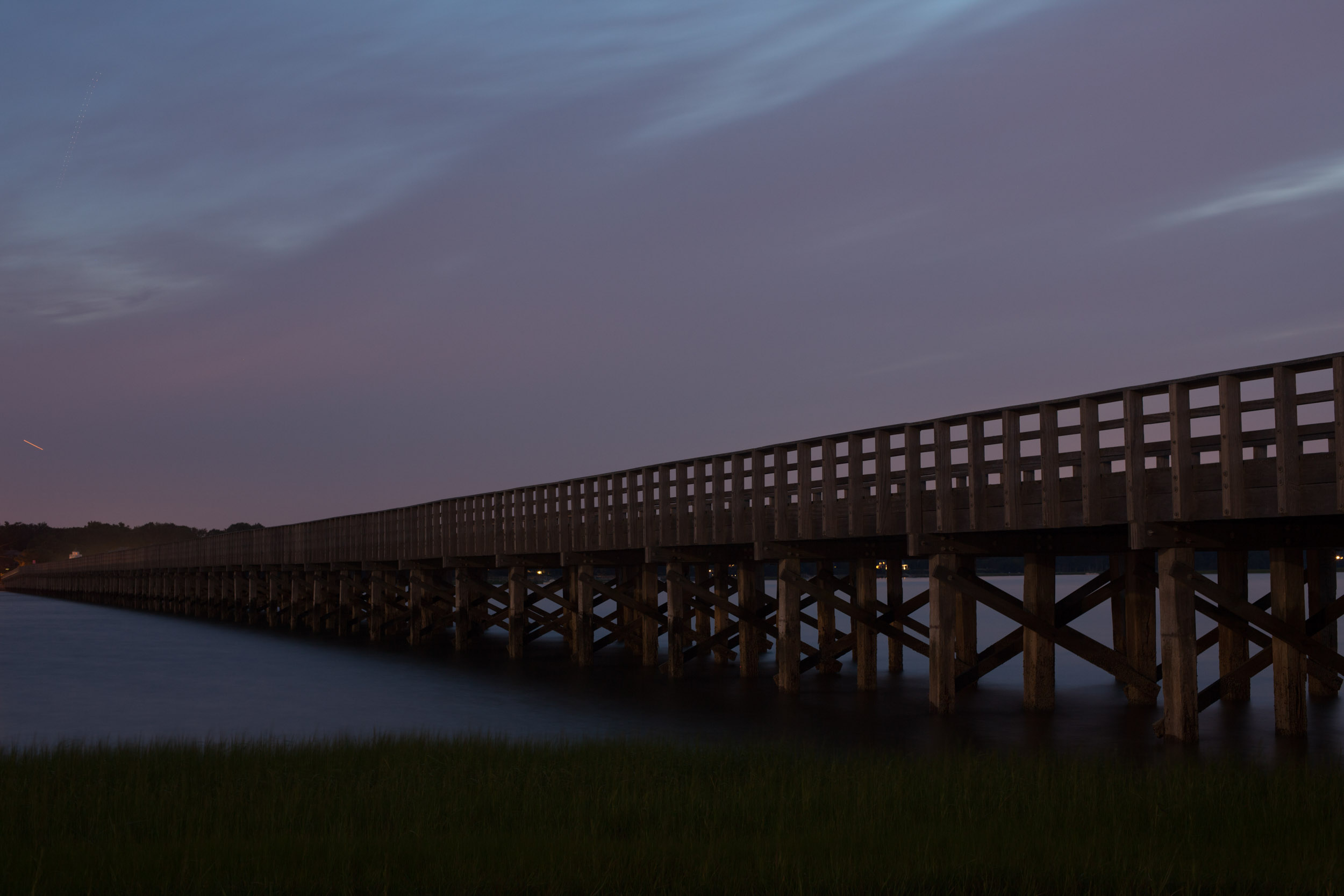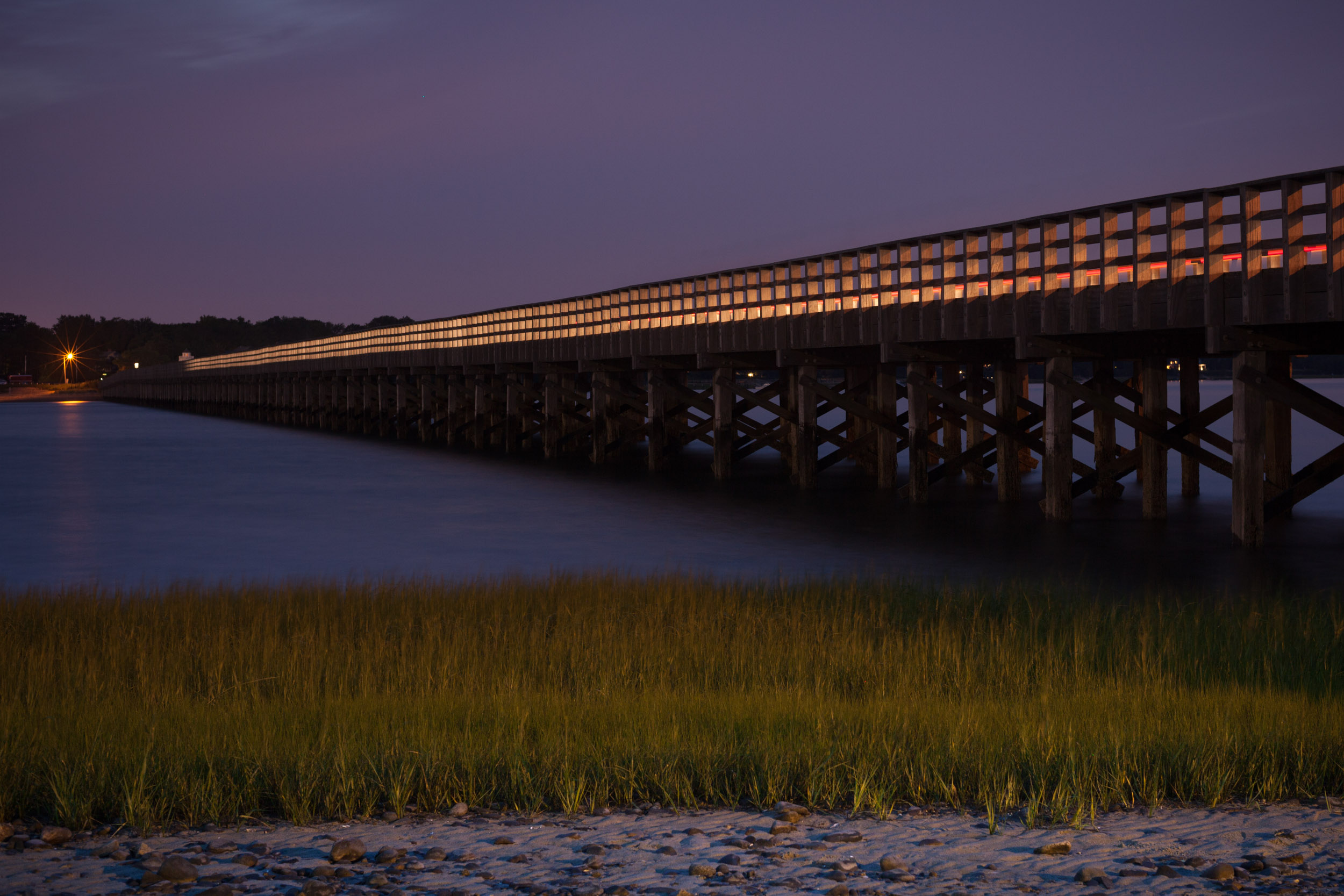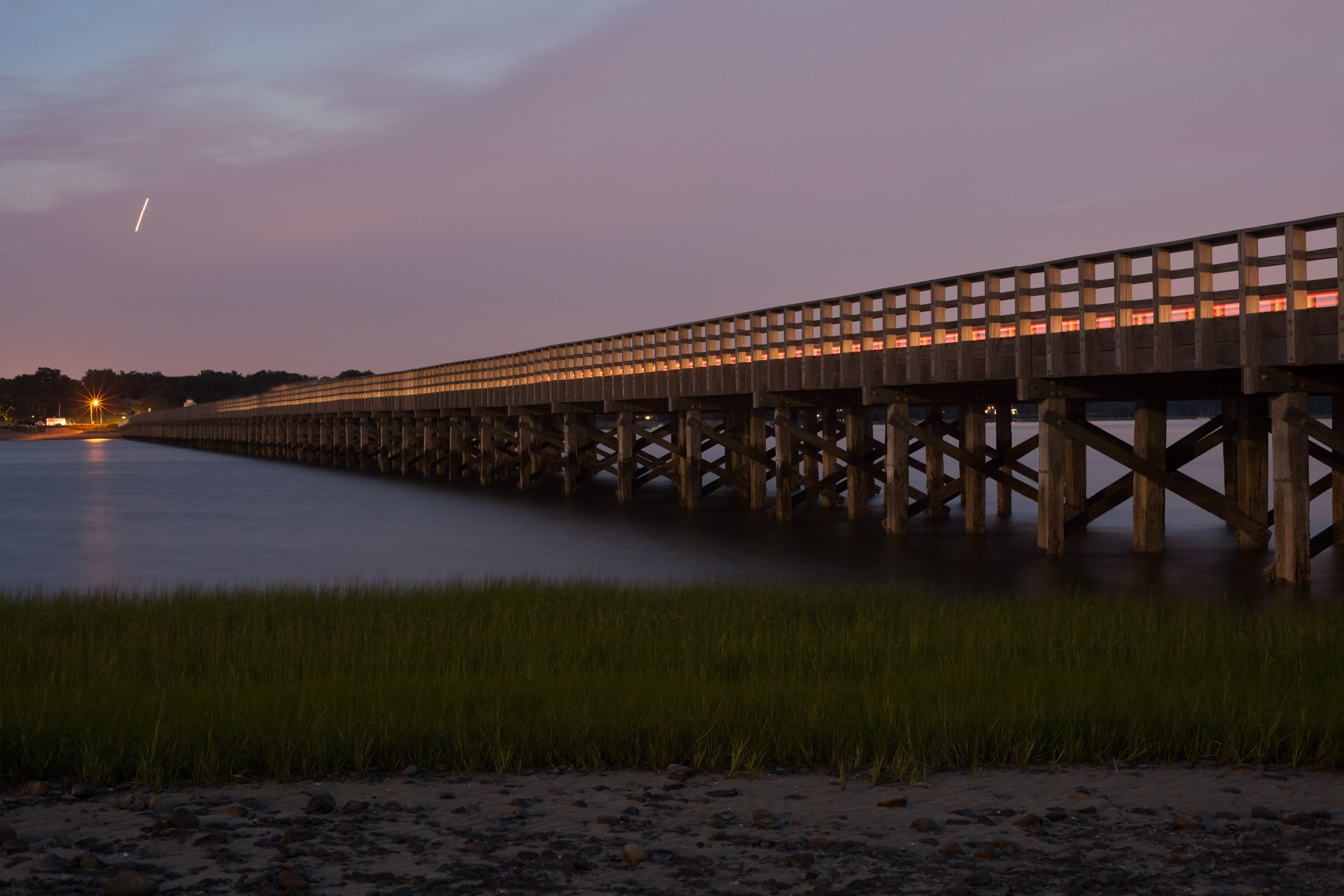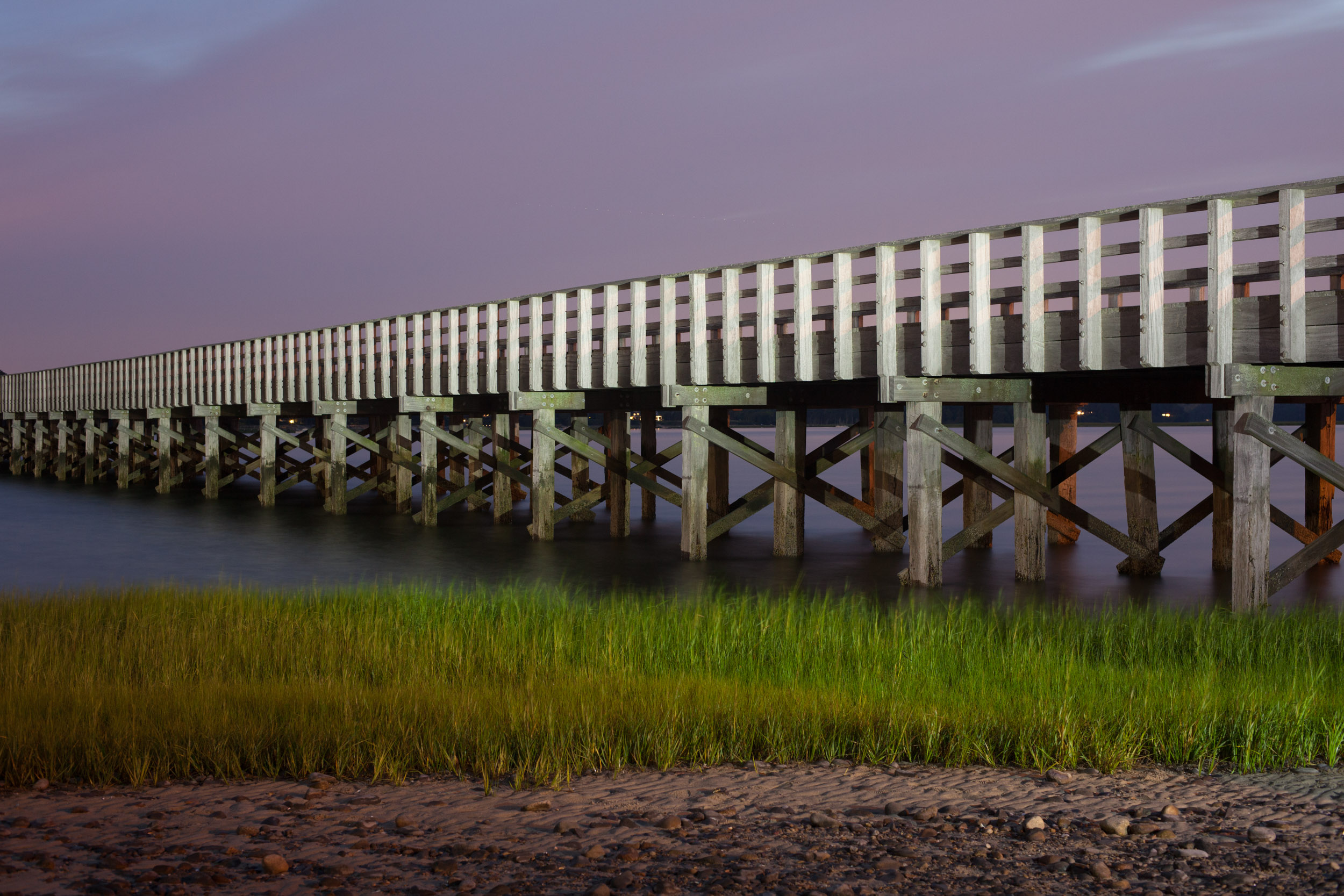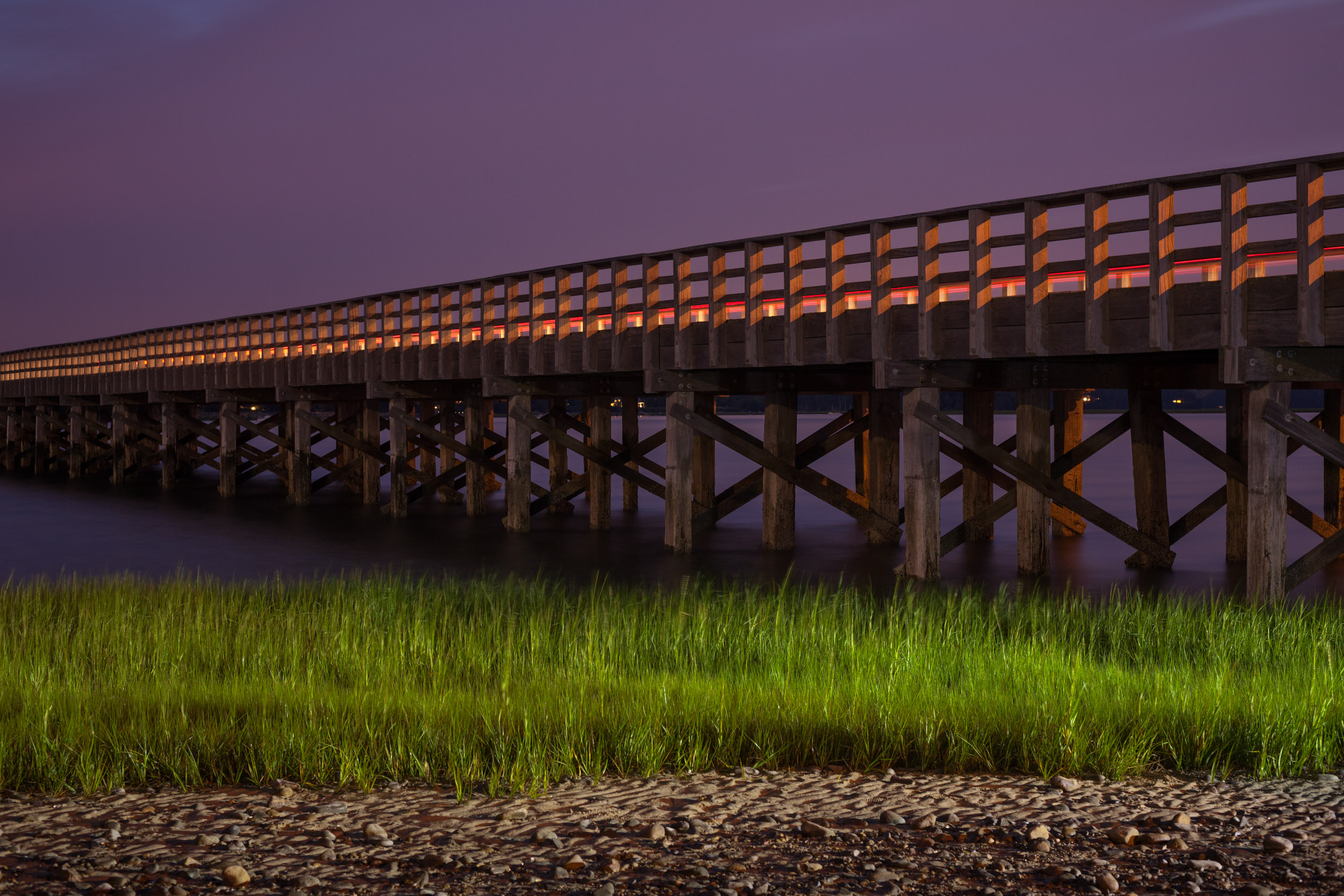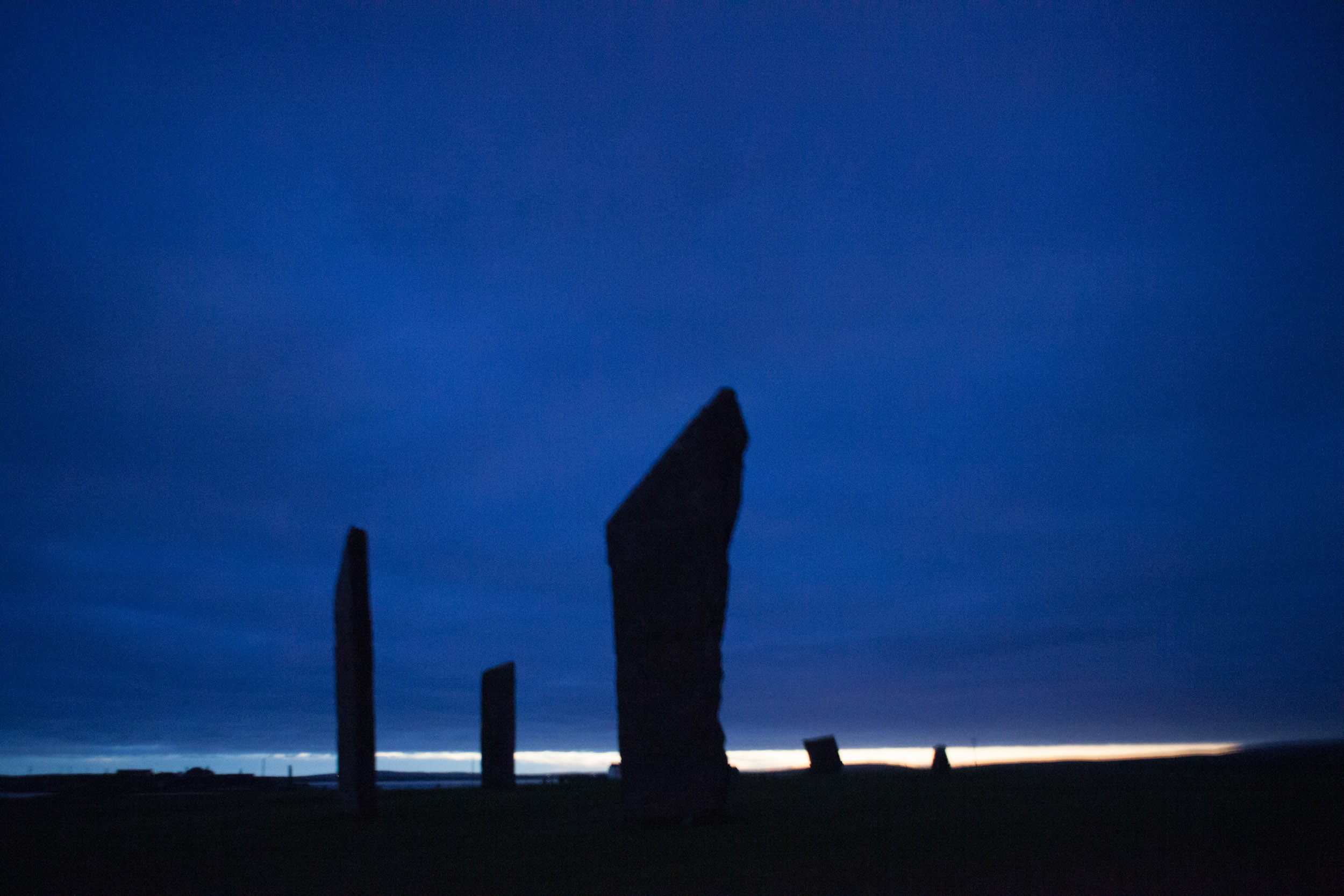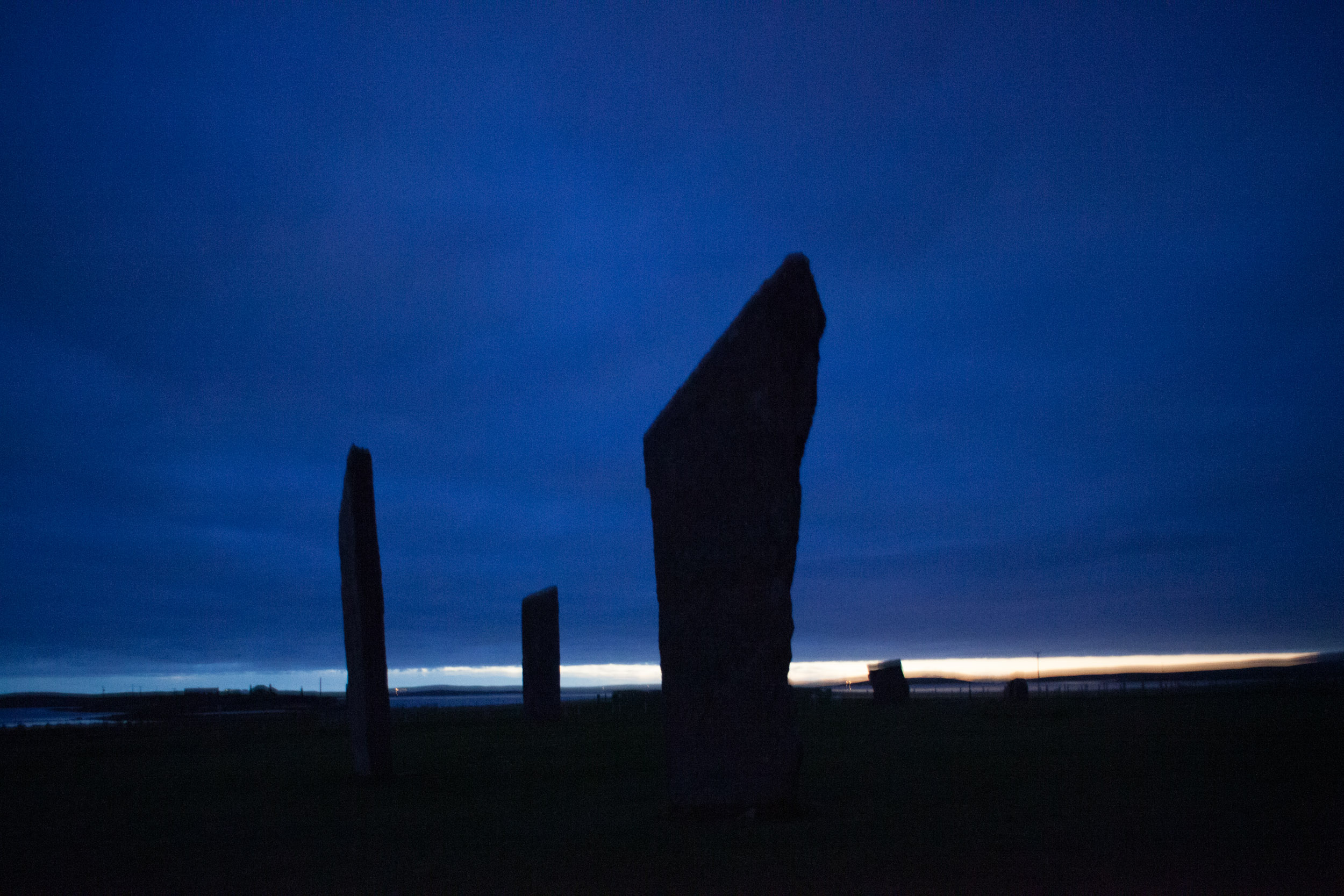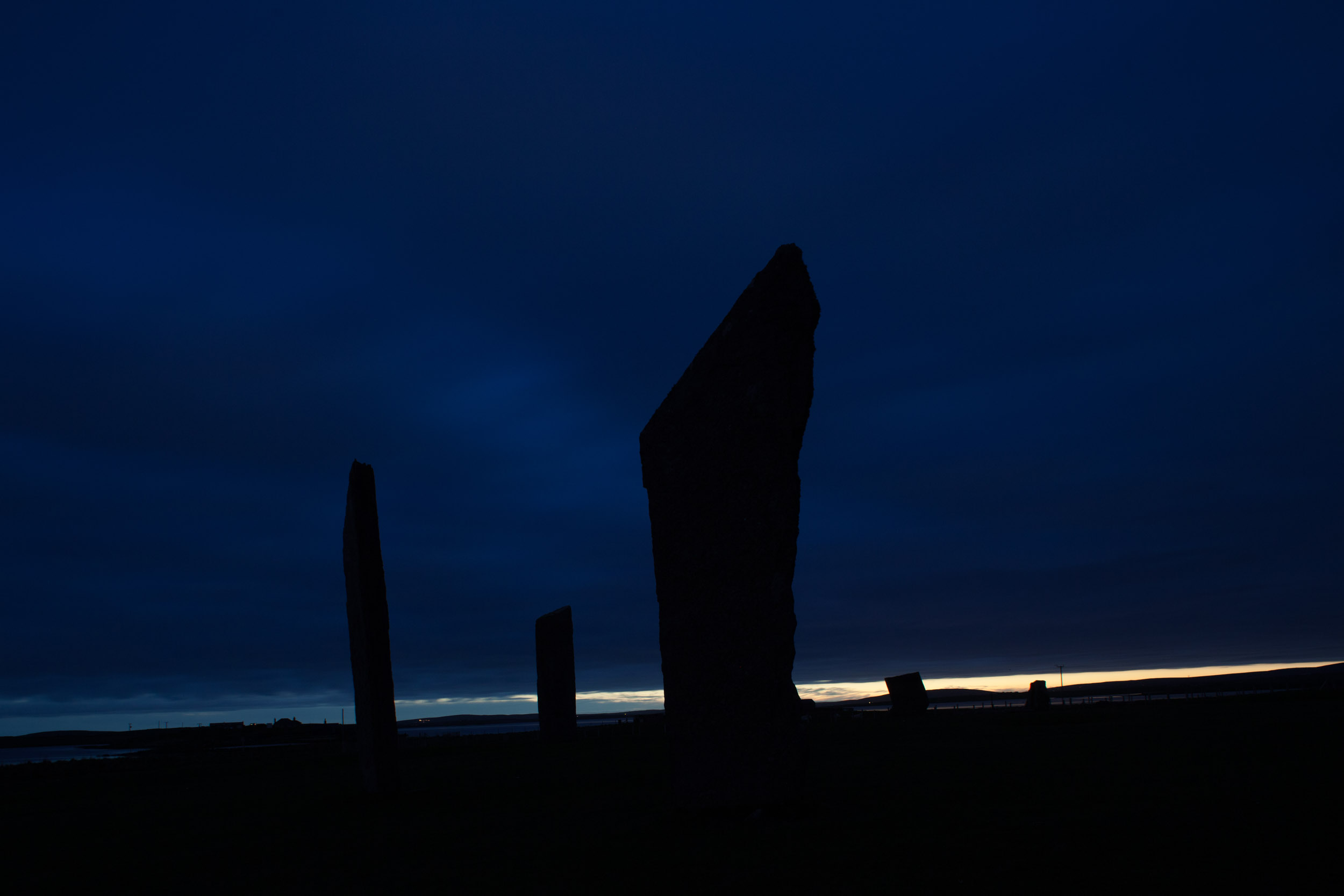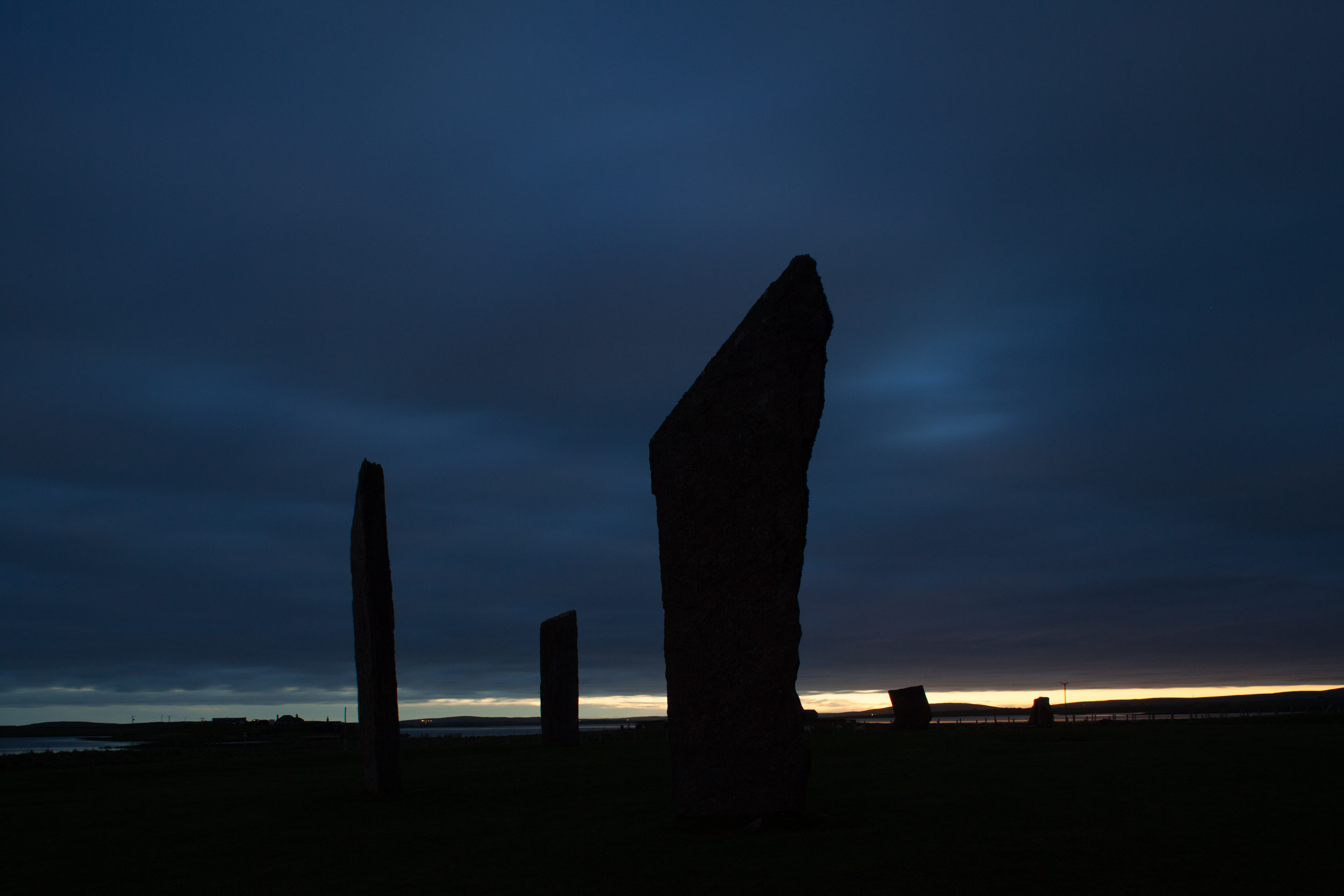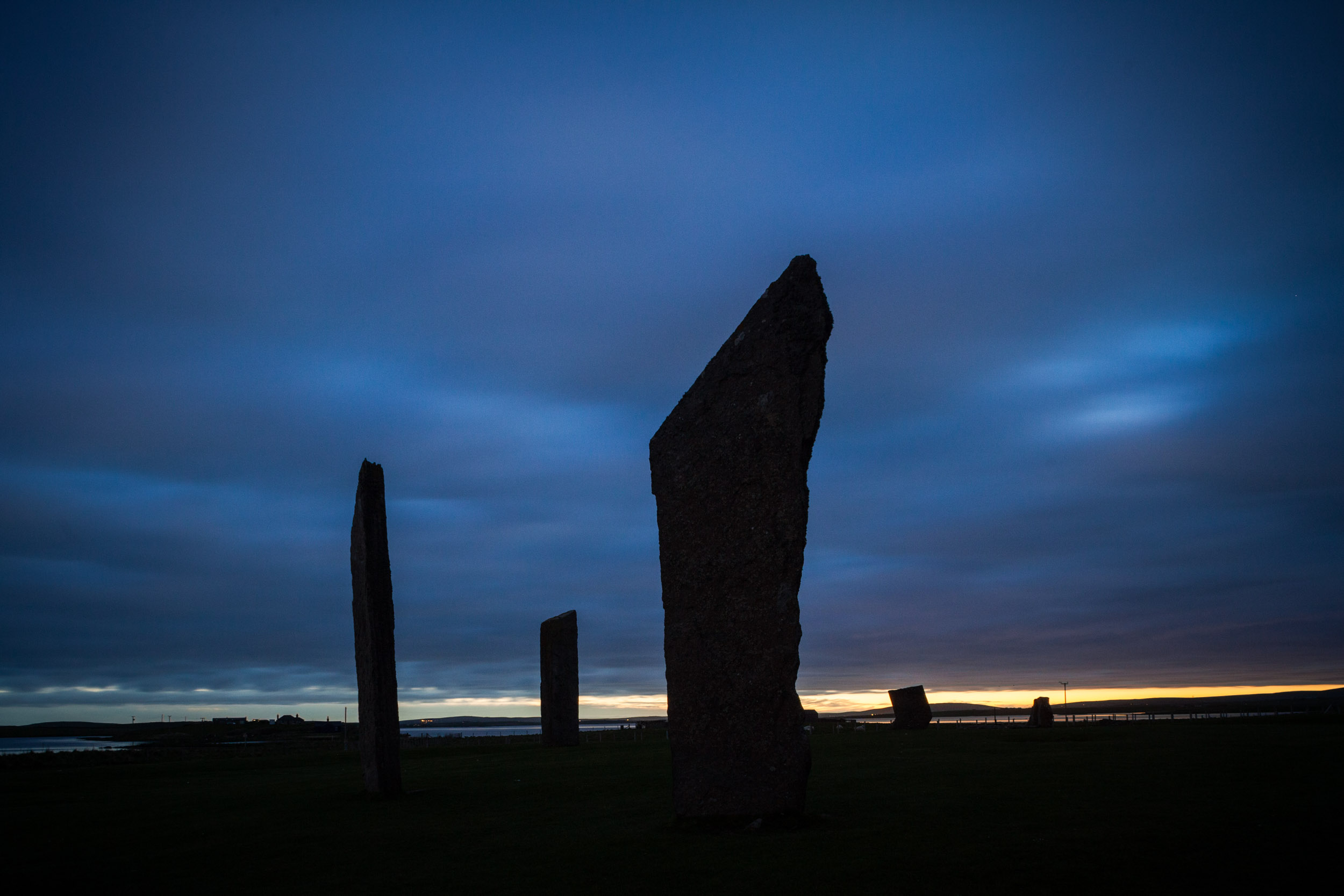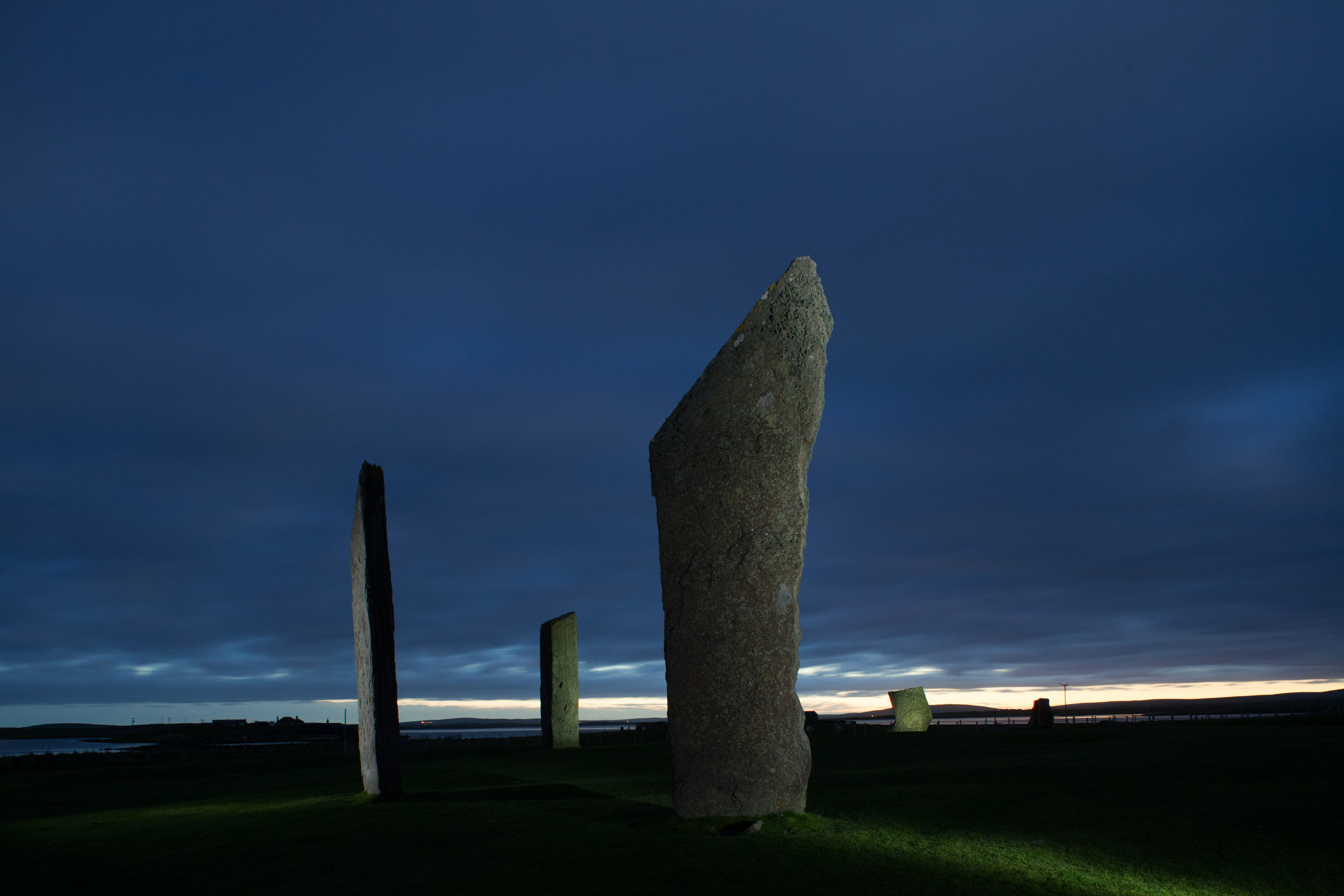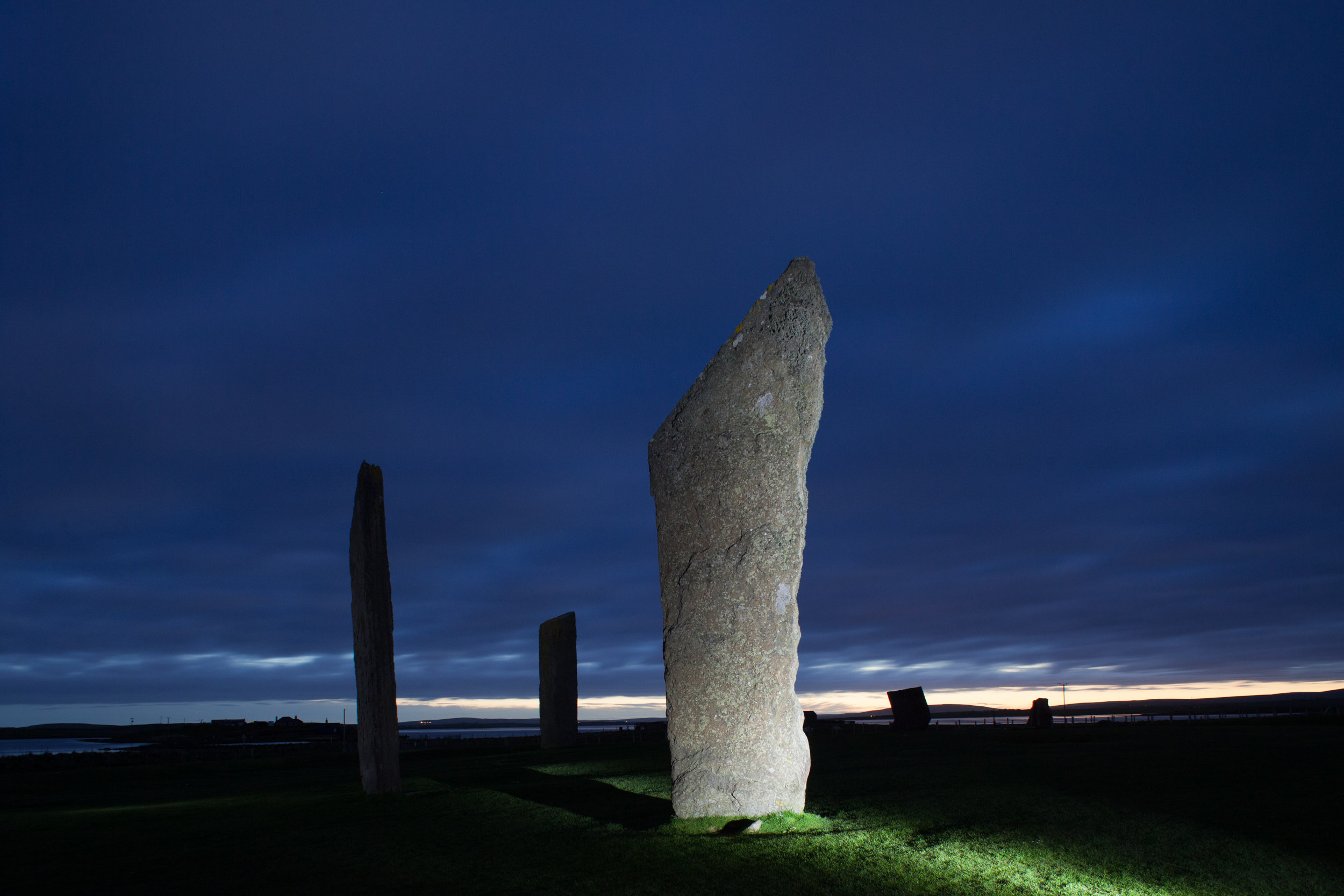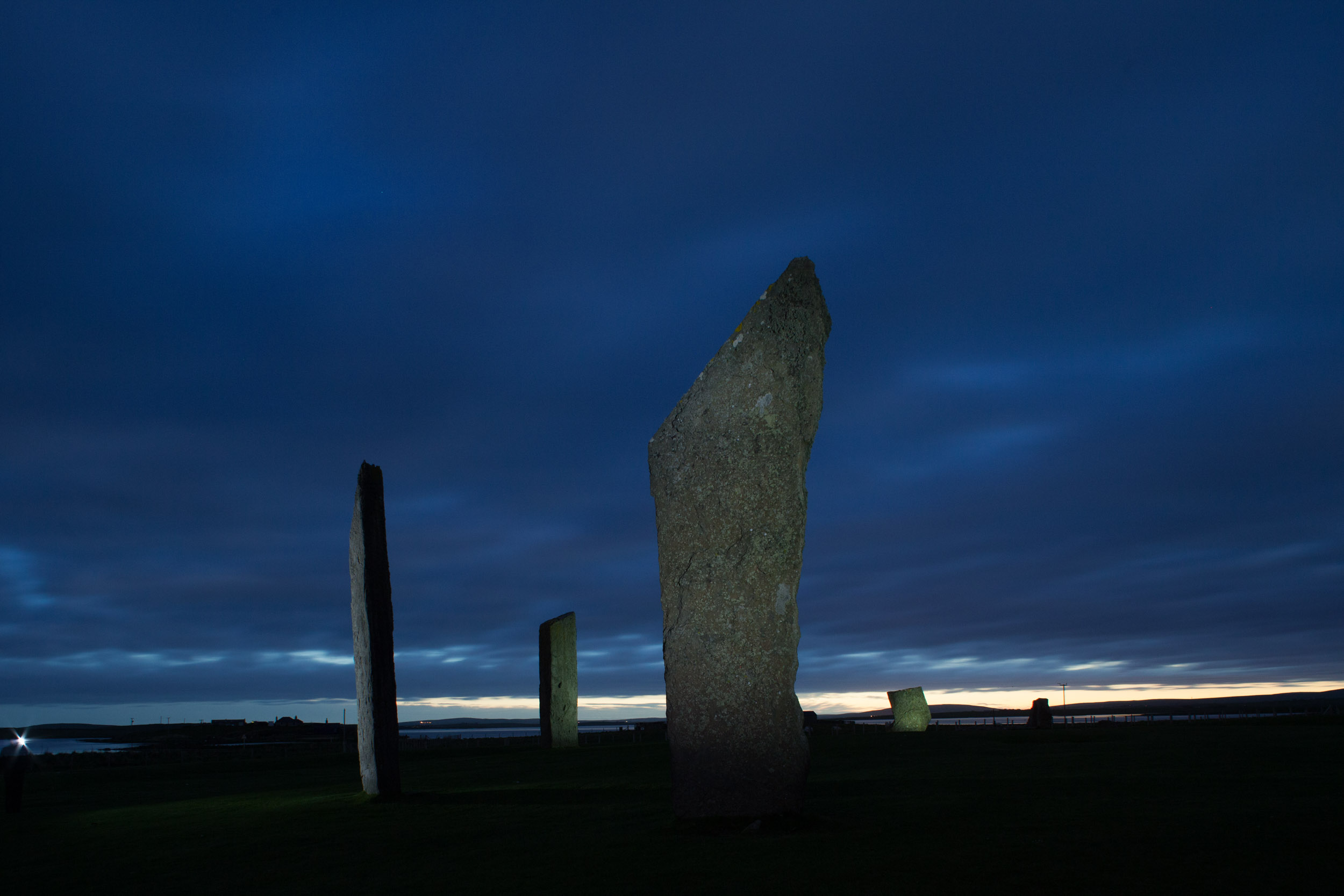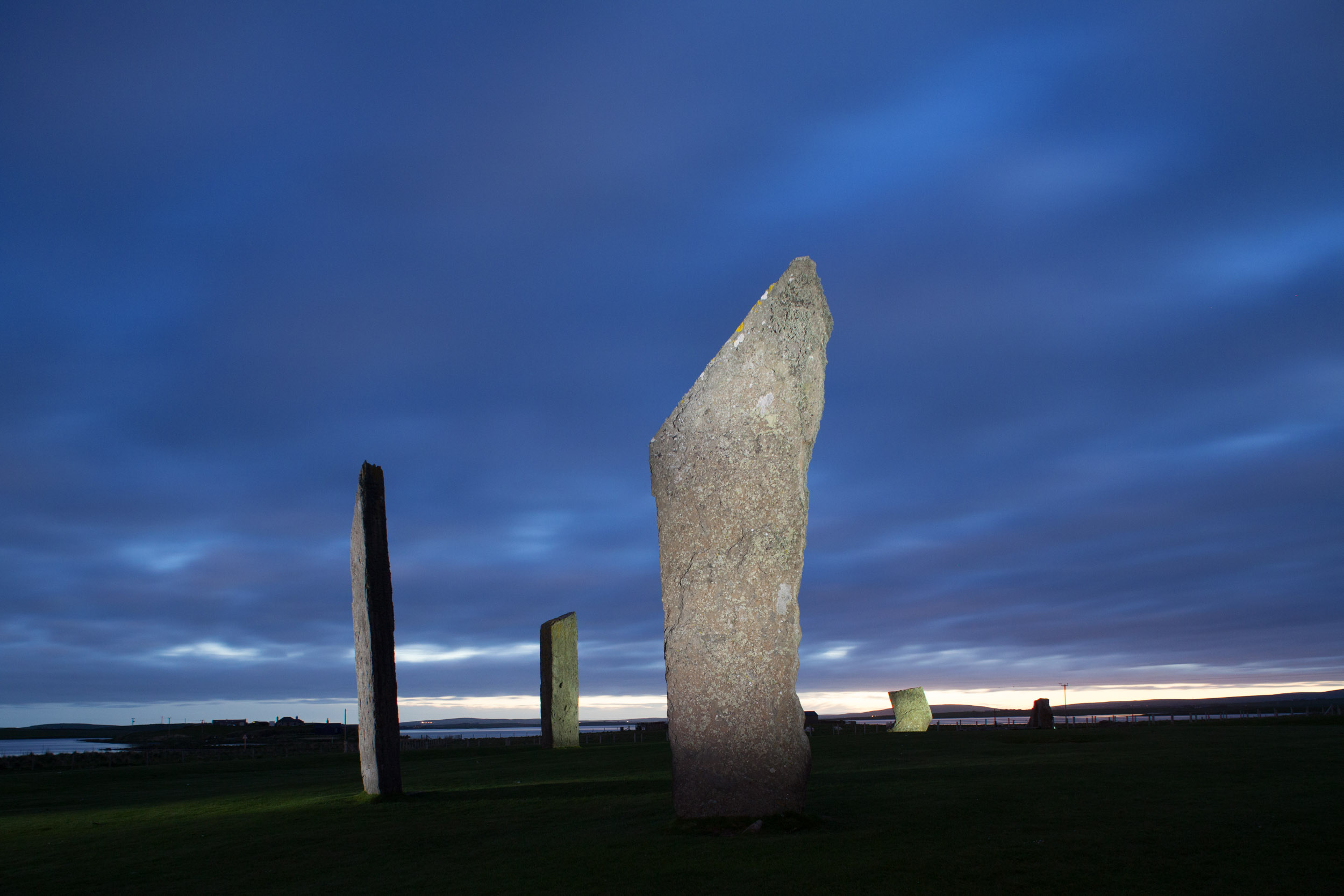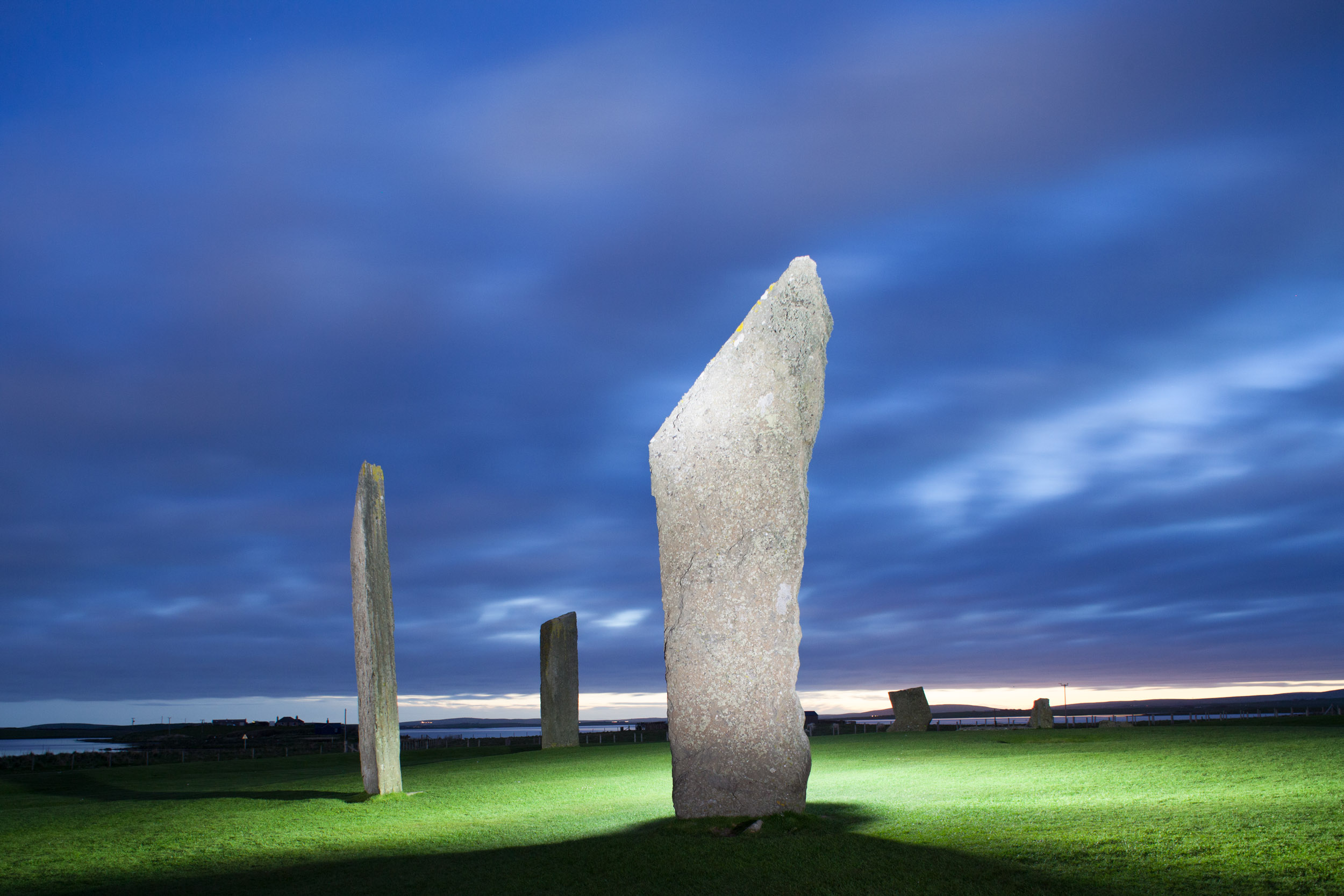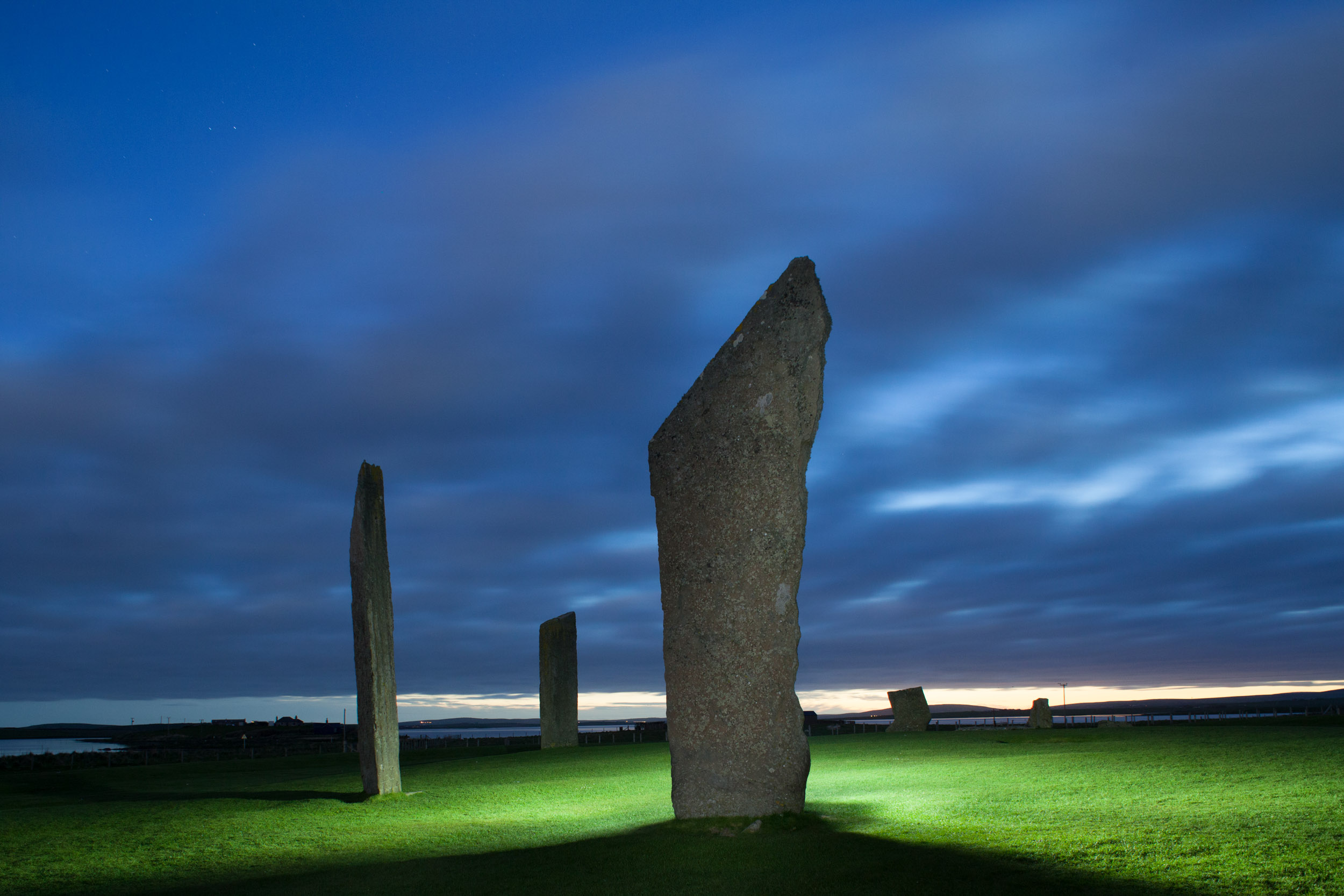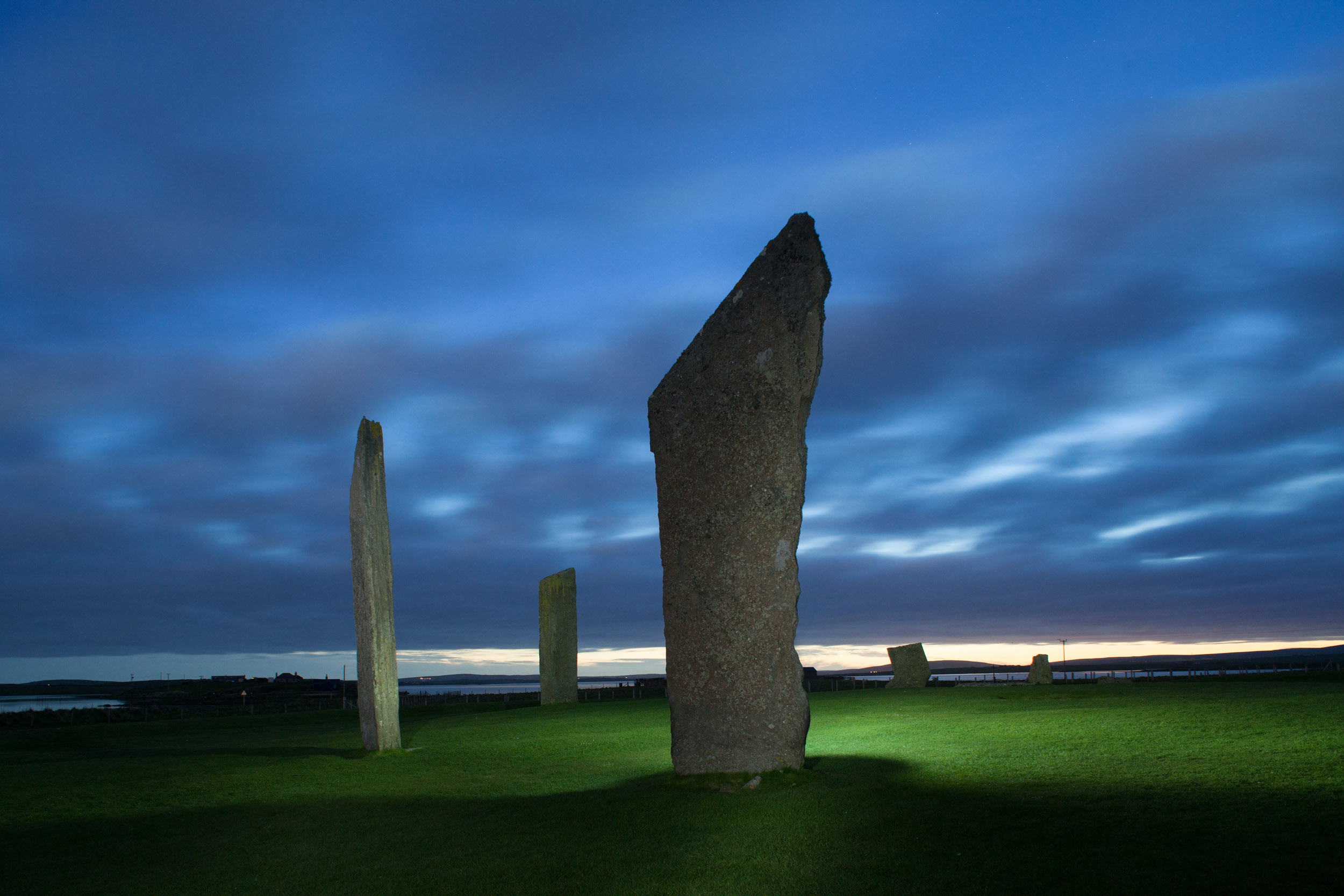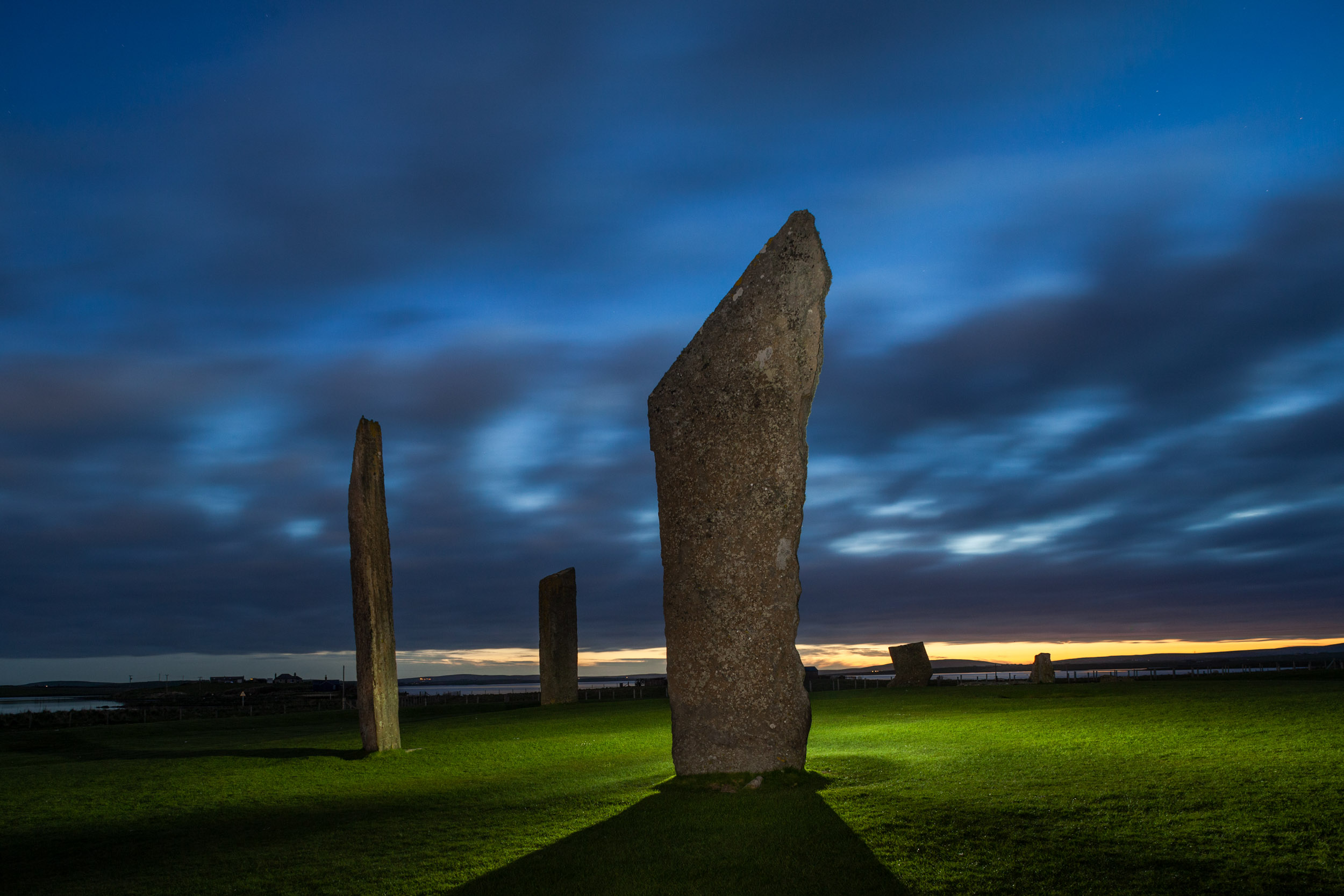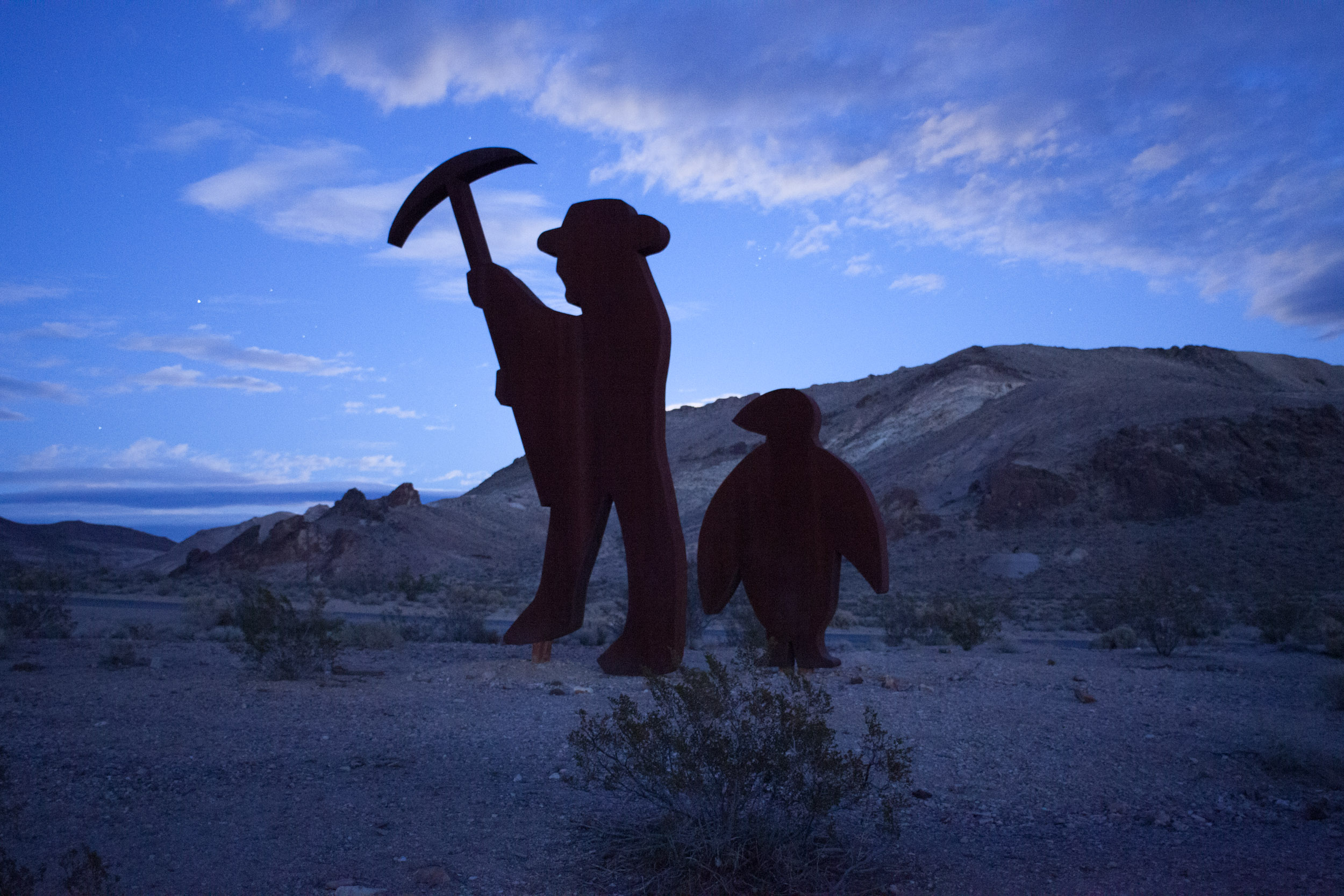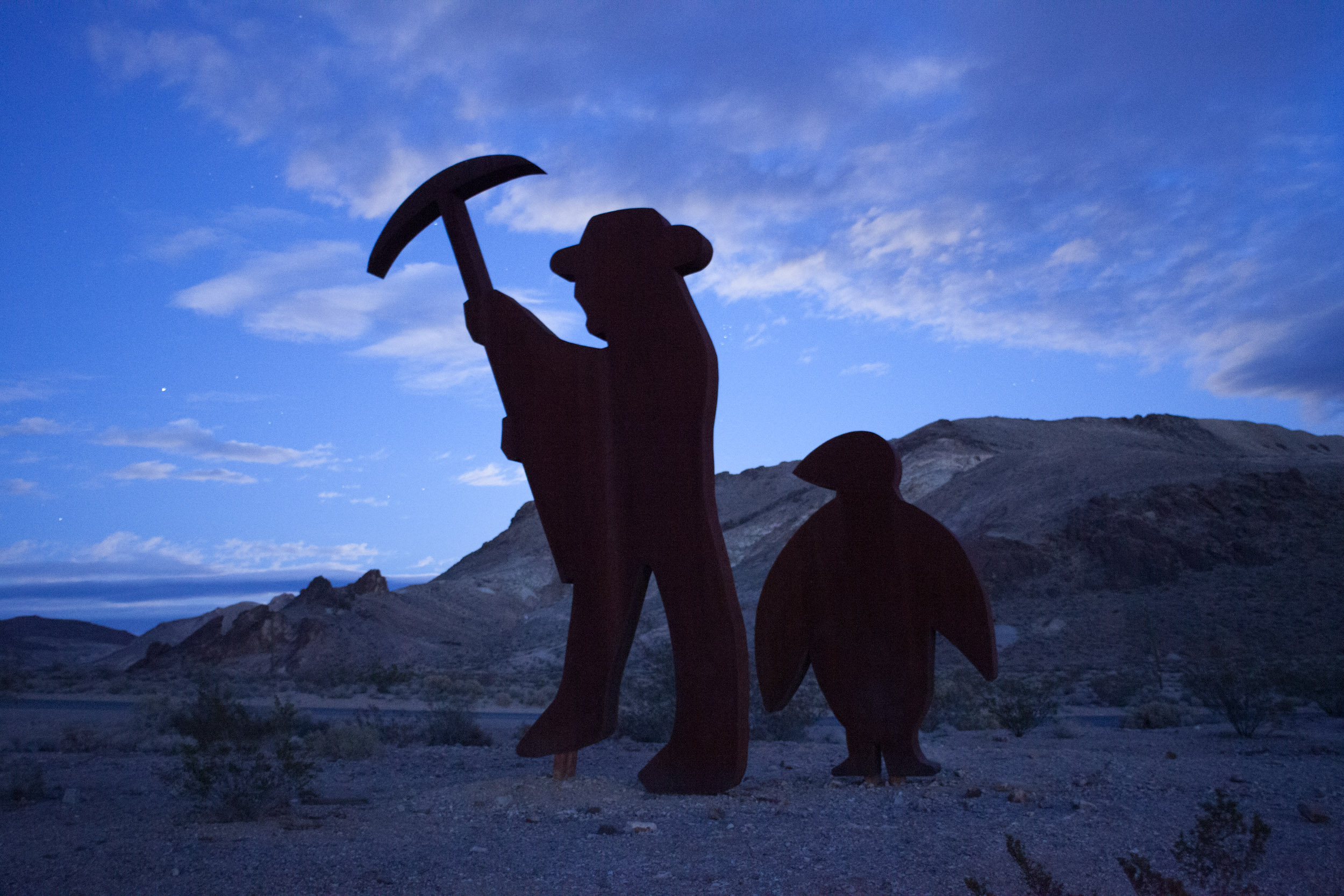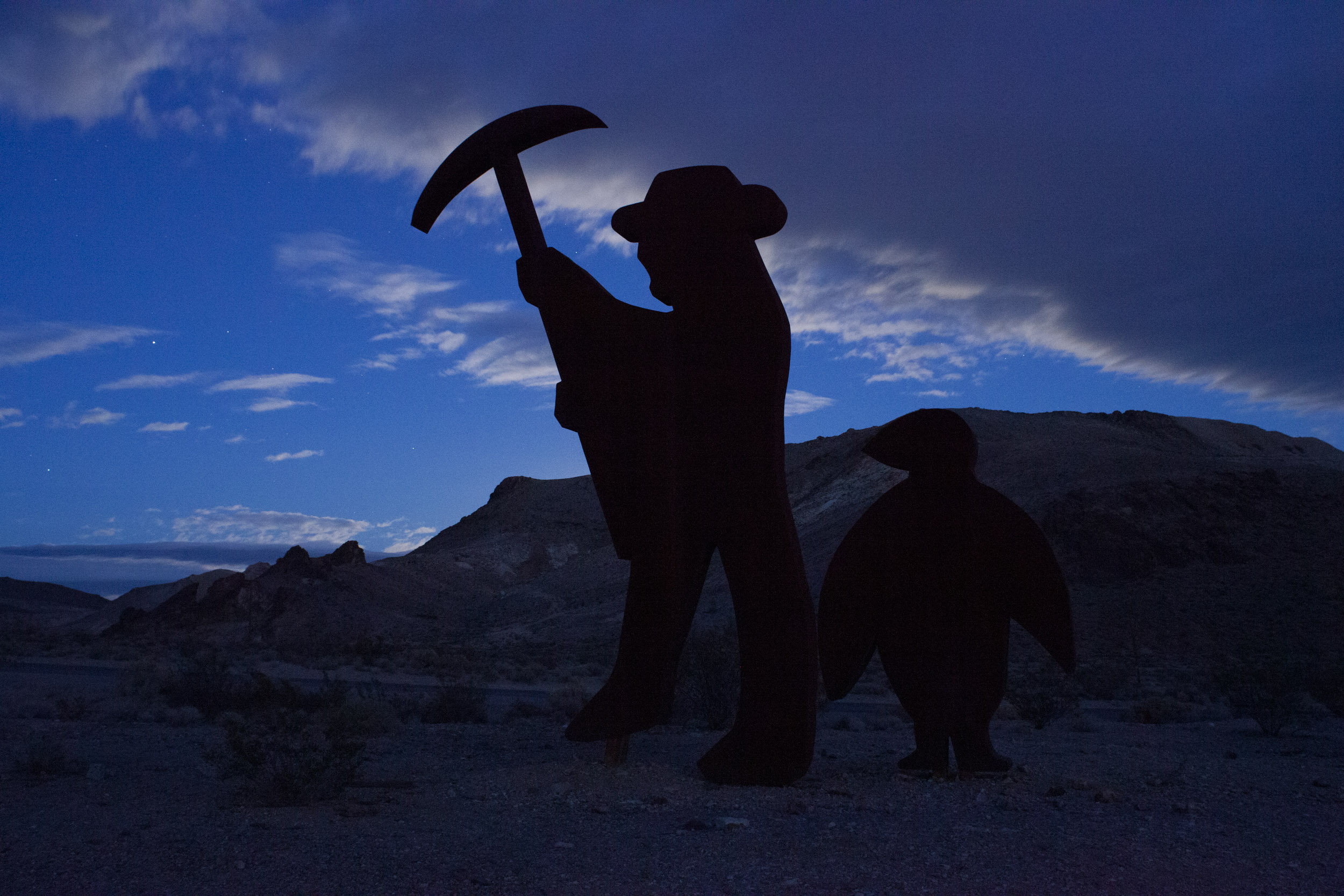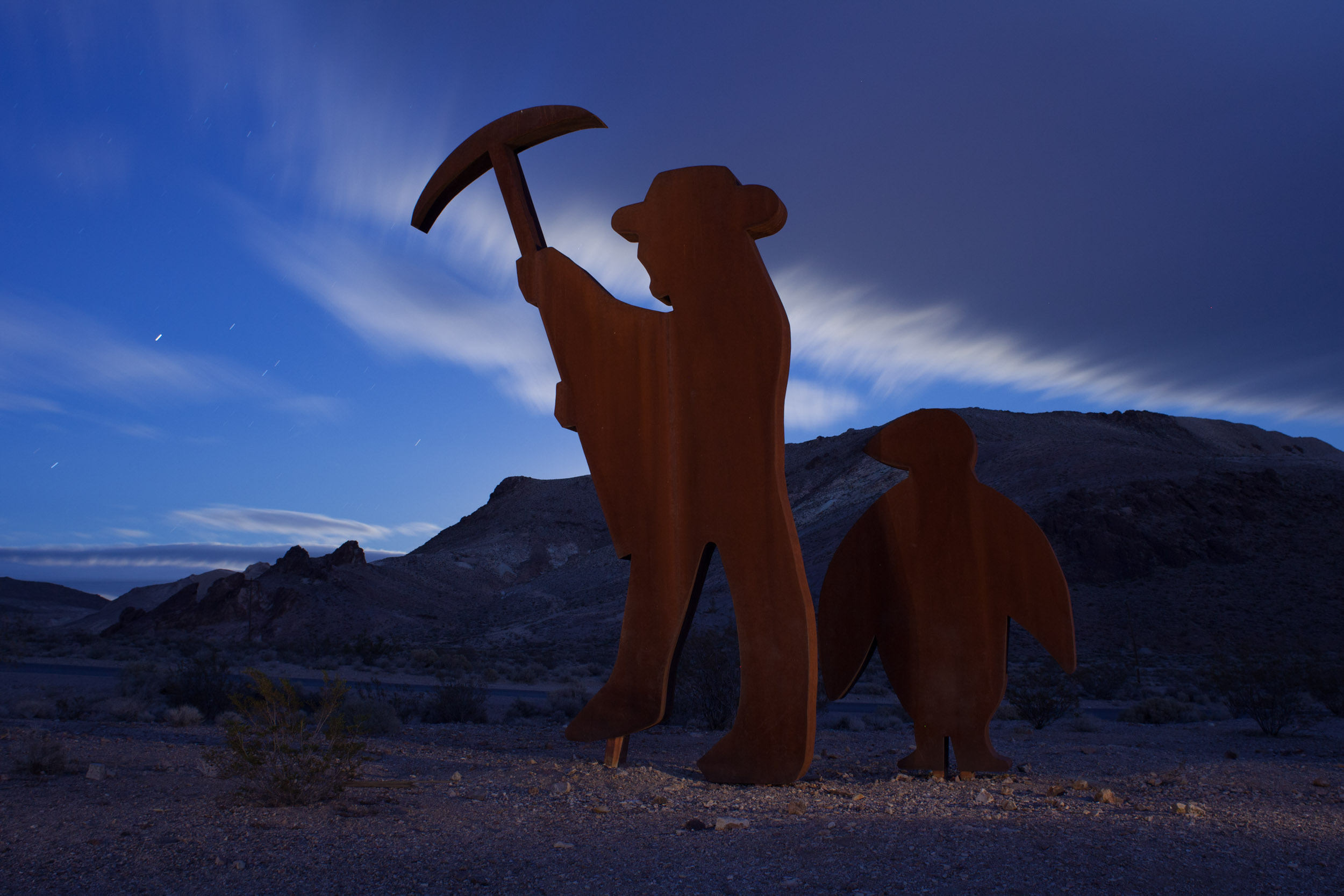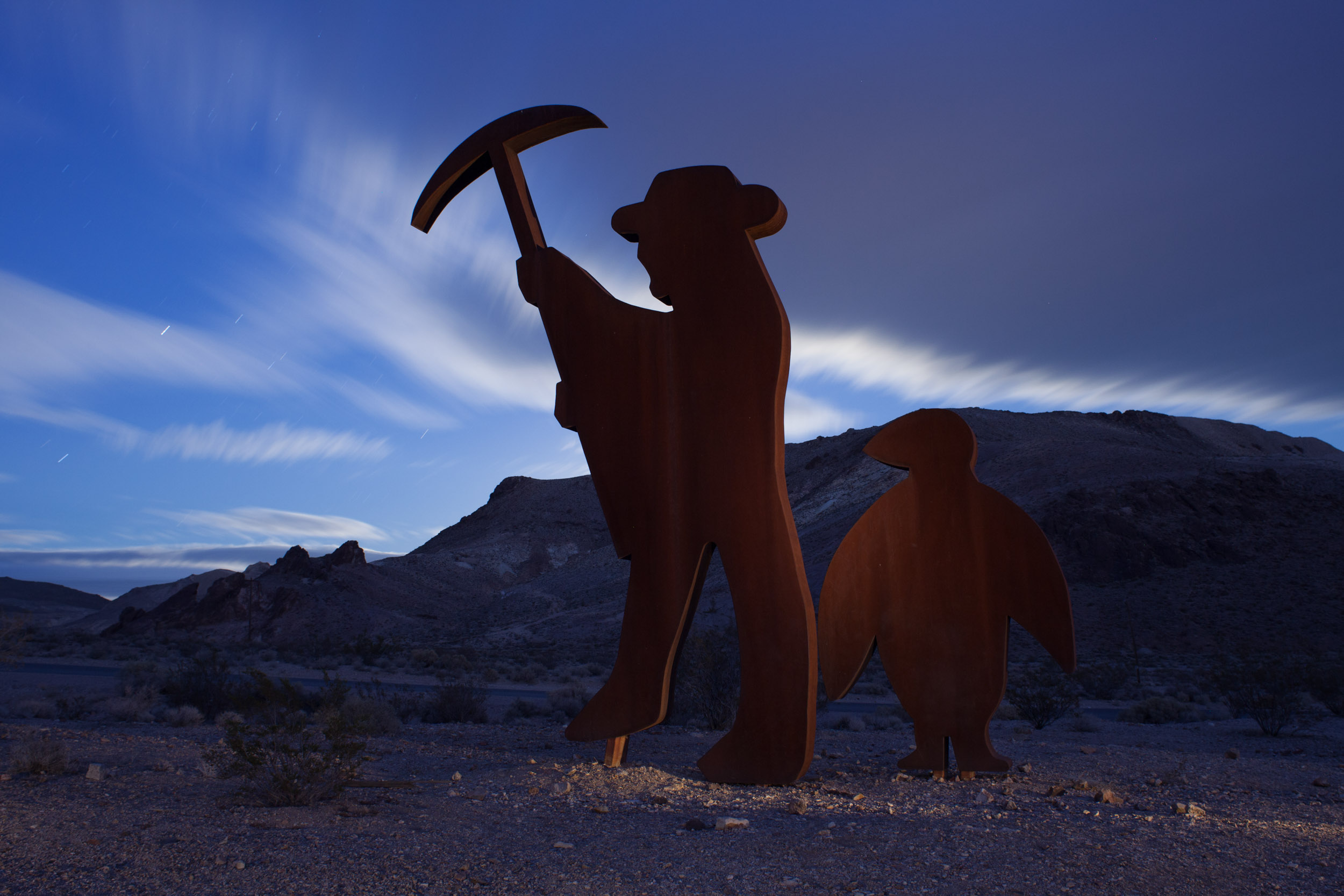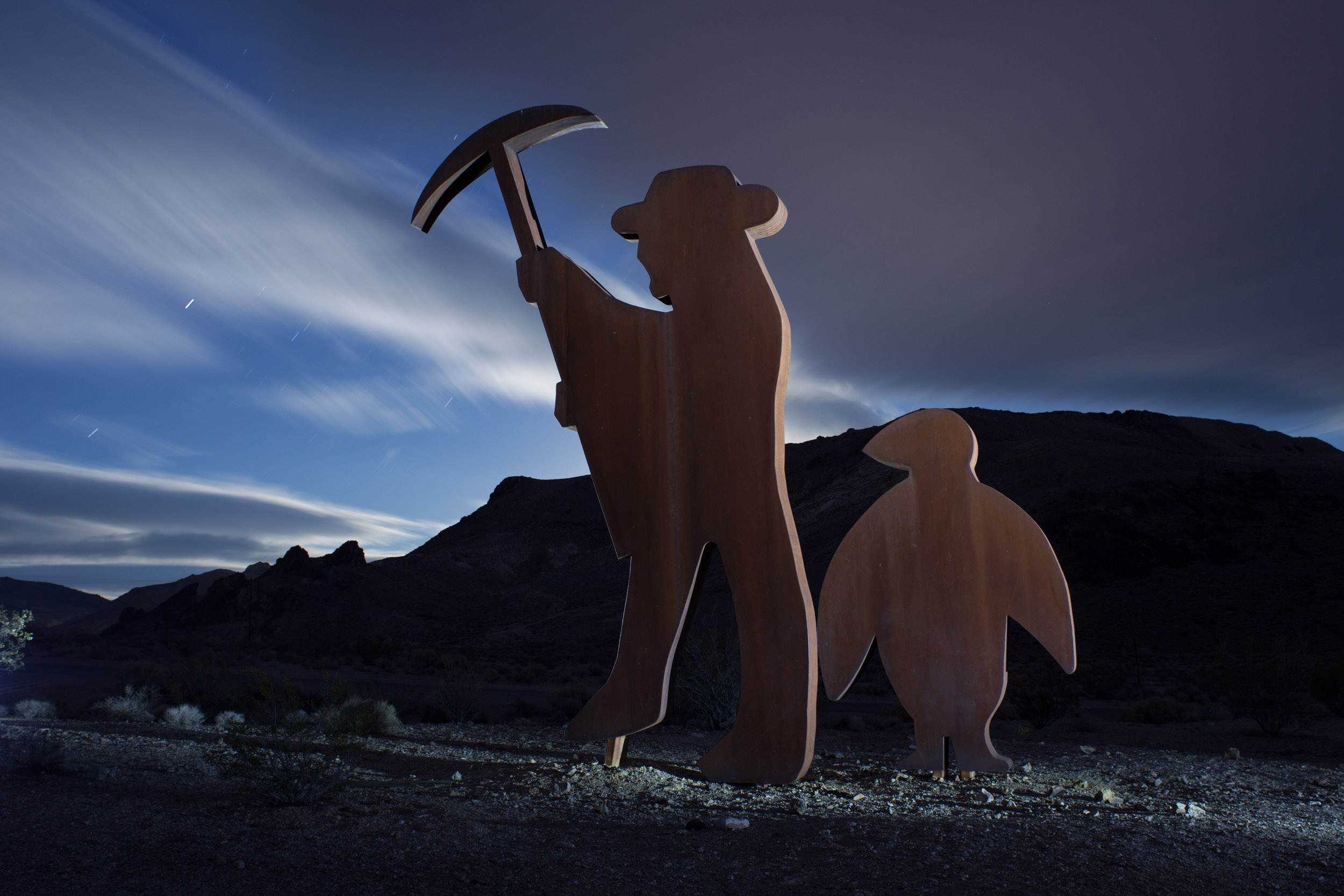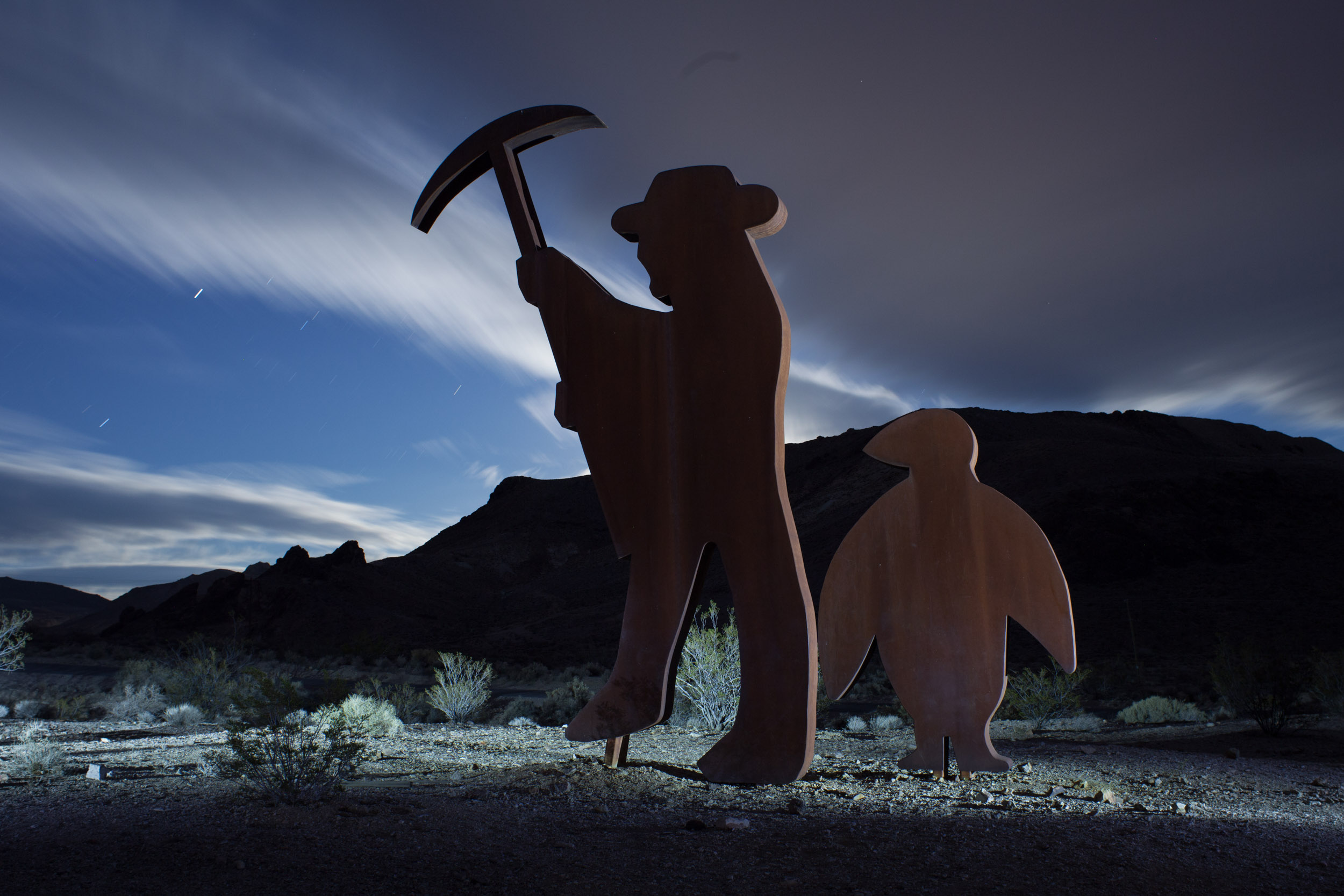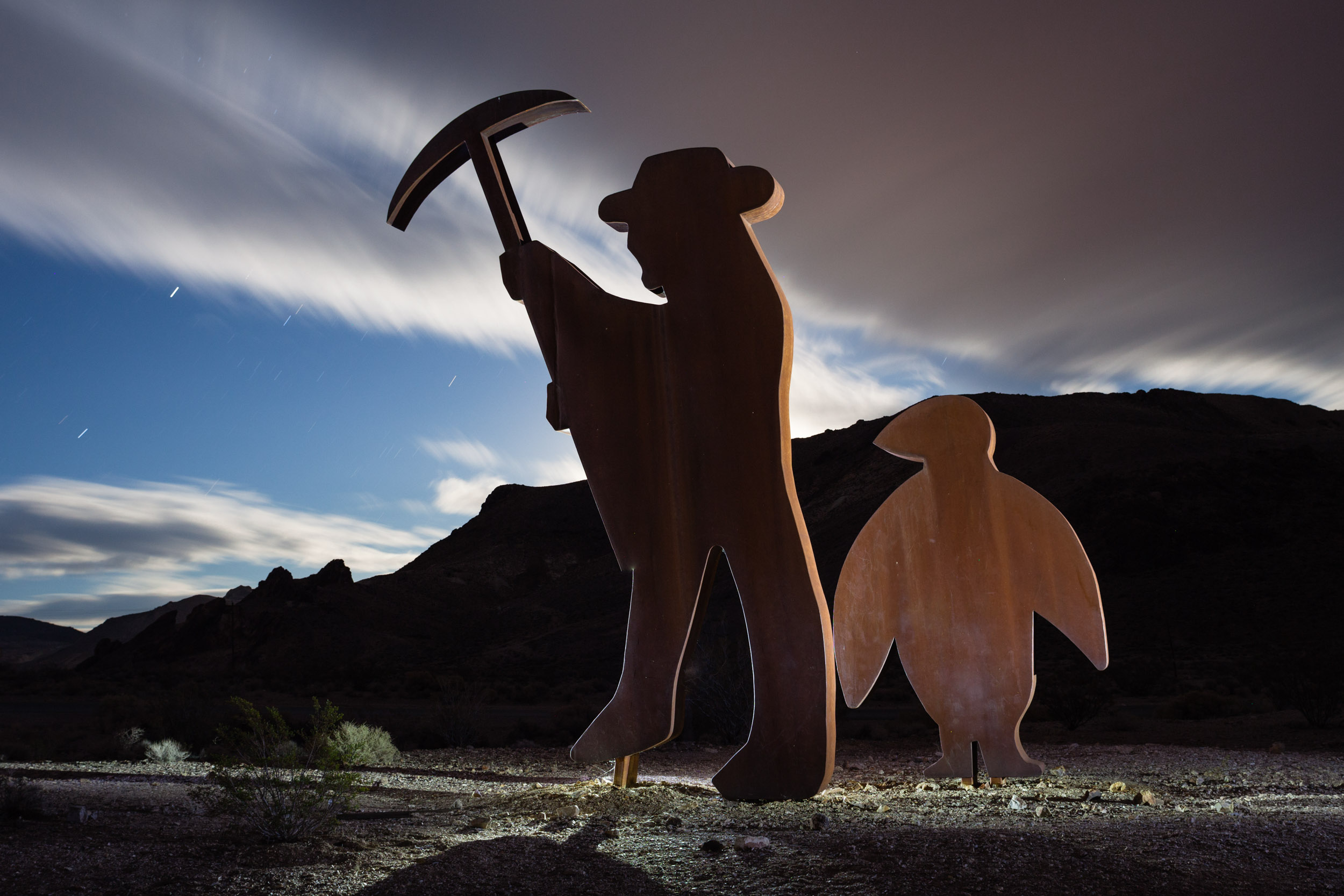Kareem (@wildnkrazykid) searching for the sharpest stars in the sky. Nikon Z 6 with Irix 15mm f/2.4 lens. 20 seconds, f/2.4, ISO 16,000.
In this golden age of night photography that we live in, the quest for the sharpest stars seems to be the most elusive. But it’s certainly an achievable goal, and we’re here to help you reach it — to reach for the stars, you might say.
Sharp stars can mean two things: Focus and proper exposure. We discussed the multiple ways you can master focus in Chris Nicholson’s article “Staying Sharp.” Today we are going to take a deep dive into working out the best exposure for your camera and lens combination to create tack-sharp stars that don’t trail.
The 600/500/400/250/200 Rules
When I first started shooting digital night photography a decade ago, we used a simple rule to figure out the best shutter speed for star point photography. That was the 600 Rule. Divide 600 by the focal length of your lens, and the result was your maximum shutter speed for achieving pinpoint stars. For example:
600 / 20mm lens = 30 seconds.
This seemed to work fine, but for those of us who were making prints bigger than 8.5x11 inches, we were noticing that those stars weren’t as round as they should be. In reality, they were tiny lines.
So we adapted the rule to 500:
500 / 20mm = 25 seconds
The 500 Rule became the standard for many night photographers and worked fairly well with larger prints and cameras under 20 megapixels. However, as cameras increased the millions of pixels they put into their sensors and with the variety of different size sensors, we needed to adapt again. Over the last 4 to 5 years we have been using the 400 Rule for full-frame cameras under 30 megapixels, the 250 Rule for APS-C sensors and the 200 Rule for Micro Four Thirds. (For an explanation of why this all works, see Lance’s two-part blog post “What’s the Longest Usable Shutter Speed for Astro-landscape?”)
400 / 20mm = 20 seconds
250 / 20mm = 12.5 seconds
200 / 20mm = 10 seconds
These results were more accurate than the previous 500/600 rules and were customized to our sensor sizes. However, if you were to zoom in to 100 percent, or get close to a large print, you would definitely still see slight movement in those luminous points in the sky.
Add to the equation that higher-megapixel cameras (40-plus megapixels) were actually doing a decent job at higher ISOs, which meant our images were showing more detail than ever before. More detail means that trailing stars become more noticeable.
Not to mention that those “rules” are just guidelines to get you in the right ballpark for shutter speed. Other factors affect how quickly stars begin to trail, including declination (i.e., your place on the globe) and which compass horizon you’re facing. The point is (see what I did there? point?), if you want to be precise about getting sharp star points, there’s a lot that goes into figuring that out.
A Modern Solution for a Modern Problem
A couple of years ago, Frédéric Michaud—a French photographer and amateur astronomer—devised the ultimate formula for the Astronomical Society of Le Havre. That formula is called the NPF Rule. Don’t bother trying to decipher the acronym; the letters aren’t initials, they’re variables:
N = aperture
P = pixel pitch
F = focal length
I’ll be honest—the formula is a bit complex. Besides the focal length of your lens, it also takes into account the camera’s megapixels, physical size of the sensor, aperture, pixel pitch and the minimal declination of the stars in your frame.
This is a lot to figure out in the field, and the cheat sheets aren’t small. To take a look at Frédéric’s formula, visit the Astronomical Society’s website (or Google’s English translation).
Fortunately for night photographers, there’s a simple way to apply this complex concept: I am happy to report that our friends at PhotoPills have incorporated the NPF Rule into their app, under the Spot Stars section.
Below is what the PhotoPills calculator looks like, followed by the five easy steps to figure out the best shutter speed for sharp stars.
When you open PhotoPills, the Spot Stars module is located near the bottom, so scroll down and tap.
Input your information and PhotoPills will do the NPF Rule calculations for you,
Here’s how to use it:
Select your camera in the upper right corner. PhotoPills uses this to determine some of the necessary numbers to plug into the NPF Rule algorithm, such as using the sensor size and megapixels to figure out the pixel pitch.
Choose the focal length of the lens (the one written on the lens, not the full-frame equivalent).
Input the aperture you’d like to use. We typically choose an aperture one-third to 1 stop less than wide open. For example, for a f/1.4 lens we’d shoot at f/1.8 or f/2.
For declination, tap the AR (Augmented Reality) button on the lower left corner and angle/aim the AR to the area in the sky you’d like to compose around. Note that at the bottom of your screen PhotoPills will now show your maximum exposure in landscape and portrait modes, as well as your minimum declination.
The final setting to look at is Accuracy (upper right). It should say “Default.” If you keep it at Default, you’ll get a longer shutter speed and be able to use realistic ISOs such as 3200 and 6400. However, if you’re a pixel-peeper and look at the stars at 100 percent, that will result in you still seeing slight movement. You can switch from Default to Accurate and then there will be no trails at all. However, you’ll also be cutting your maximum shutter speed in half. I wouldn’t recommend this unless you are making 17x22 or larger prints—but even then, that results in the negative trade-offs that come with shooting at sky-high ISOs, which are also more prevalent in larger prints. Decisions, decisions.
Old vs. New
Let’s take a look at the old and new math.
Using our beloved Irix 15mm lens on a standard-resolution, full-frame camera, the 400 Rule gives us a 25-second exposure (400 / 15mm = 26.6 seconds).
Using the NPF Rule in PhotoPills, at a declination of 0 and set in Default mode, with the Irix lens at f/2.8 on our new favorite camera, the 24.5-megapixel Nikon Z 6, we get a maximum shutter speed of 17.26 seconds. I’d probably round that out to 15 seconds. (You want to round down, not up, to ensure sharpness.)
However, if we then shifted to Accurate mode, our maximum shutter speed would be 8.63 seconds. I’d round that to 8.
So, using the NPF Rule in Accurate, I’ve lost pretty much 2 stops of light from ye olde 400 Rule and 1 stop of light off the NPF Default mode. On a moonless night we would typically use ISO 6400 under the 400 Rule. Now, with the NPF Rule, we’d have to shoot at ISO 12,800 or 25,600 in order to get perfectly sharp stars. The Nikon Z 6 can handle those ISOs, but not many others can.
Real-World Testing
Theory is nice. But shooting for real is where we really learn some things.
I was out on the sand dunes of Death Valley a few weeks ago, and I brought my new Z 6. Curious about how the bigger sensors and higher-megapixel cameras would perform, I also borrowed the medium format 51.4-megapixel Fujifilm GFX 50R as well as my friend Kareem’s 42-megapixel Sony a7R III.
Fujifilm GFX 50r with 23mm f/4 lens
400 Rule: 400 / 18mm = 22.22 seconds
The 23mm lens is equivalent to an 18mm on a full-frame sensor, so for the 400 Rule this equaled a 22.22 maximum shutter speed. I rounded down to 20 seconds at f/5.6, ISO 6400. The resulting stars are slight dashes—elongated oblongs. They are sharp and skinny, which makes me feel I could live with this. However, if you are shooting with a 50-megapixel camera, then you’re probably making big prints, so maximum sharpness is important.
Full image from Fujifilm GFX 50r with 23mm f/4 lens. 20 seconds, f/5.6, ISO 6400.
100 percent view from Fujifilm GFX 50r. 20 seconds, f/5.6, ISO 6400.
NPF Default = 10.71 seconds
I used 10 seconds, but I was afraid to go any higher than ISO 6400 on the GFX 50r—so I just underexposed. (Not trying for art here, just testing efficacy.) To be honest, I’m seeing only the slightest of movement in the stars, not even oblong, mostly round but some of the brighter ones slightly oval. I’d be happy with these stars, event in a big print.
Full image from Fujifilm GFX 50r. 10 seconds, f/5.6, ISO 6400.
100 percent view from Fujifilm GFX 50r. 10 seconds, f/5.6, ISO 6400.
NPF Accurate = 5.35 seconds
With NPF Accurate, we’re squeezed even further. Again we are still dealing with an underexposed image, but the stars are certainly tack-sharp.
Full image from Fujifilm GFX 50r. 5 seconds, f/5.6, ISO 6400.
100 percent view from Fujifilm GFX 50r. 5 seconds, f/5.6, ISO 6400.
Takeaways: The GFX has the most megapixels of the sub-$5,000 cameras on the market, clocking in at 51.4. The dynamic range and detail are amazing, but the higher ISOs are a struggle. ISO 3200 is workable but 6400 needs some finessing. Match that with their widest lens, for which the fastest aperture is f/4, and it’s a challenge to do any dark sky work with this combo.
Nikon Z 6 with Irix 15mm f/2.4 lens
400 Rule: 400 / 15mm = 26.66 seconds
Here was my first shot using the 400 Rule, which gave me a 25-second maximum shutter speed. This forced me to use a wide-open aperture of f/2.4 and an ISO of 12,800. It looks good in standard view in Lightroom, and if posted to social media there would be no issues. However, the 100 percent crop definitely show the stars as small lines.
Full image from Nikon Z 6 with Irix 15mm f/2.4 lens. 25 seconds, f/2.4, ISO 12,800.
100 percent view from Z 6. 25 seconds, f/2.4, ISO 12,800.
NPF Default = 17.26 seconds
The stars are definitely rounder, a little oblong, but I would find this result totally acceptable.
Full image from Z 6. 15 seconds, f/2.4, ISO 12,800.
100 percent view from Z 6. 15 seconds, f/2.4, ISO 12,800.
All that disturbs me is the coma distortion that is affecting the brighter stars. Most lenses display some coma at their widest aperture, mainly near the edges of the frame and in brighter stars. With the Irix, this can be minimized by stopping down to f/2.8 or f/3.5.
Note the distortion in the brighter stars—they look like UFOs with a bright line intersecting them. This is called “coma’ and is found in many lenses. You can correct for coma by closing down your lens 1 to 3 stops.
NPF Accurate = 8.63 seconds
The NPF Accurate exposure was for 8 seconds, so I had to push my ISO up to 32,000 to get a good histogram. The stars are definitely rounder and less oblong, but it is a challenge to live in those higher ISOs. The coma is also still prevalent.
Full image from Z 6. 8 seconds, f/2.4, ISO 32,000.
100 percent view from Z 6. 8 seconds, f/2.4, ISO 32,000.
Takeaways: I’m starting to feel that I can live with the Default NPF setting in PhotoPills, which is still pushing cameras into the ISOs of 12,800 and higher. The Z 6 handles those higher ISOs very well, but I barely got the right exposure in the sky and the foreground is suffering. Blending a longer foreground exposure would be key to balancing the overall image (such as Tim did for his Bryce Canyon photo in last week’s post).
Sony a7R III with 16-35mm f/2.8 lens
400 Rule: 400 / 19mm = 21.05 seconds
I stopped down the lens to f/4 and the shutter speed to 20 seconds for our 400 Rule shot. The Sony a7R III does an excellent job at ISO 6400 and the Big Dipper looks very sharp. Looking west (left) I do notice the stars are becoming oblong.
Full image from Sony a7R III with 16-35mm f/2.8 lens. 20 seconds, f/4, ISO 6400.
100 percent view from a7R III. 20 seconds, f/4, ISO 6400.
NPF Default = 11.75 seconds
Rounding down the NPF Default to 10 seconds yields excellent results. Only a few bright stars to the far left look oval, and this is being nitpicky.
Full image from a7R III. 10 seconds, f/4, ISO 6400.
100 percent view from a7R III. 10 seconds, f/4, ISO 6400.
NPF Accurate = 5.88 seconds
We rounded up the NPF Accurate shutter speed to 6 seconds and the stars are wonderfully round. I don’t see any distortion at all.
Full image from a7R III. 6 seconds, f/2.8, ISO 25,600.
100 percent view from a7R III. 6 seconds, f/2.8, ISO 25,600.
Takeaways: I was very impressed with how the higher-megapixel Sony handled ISO 6400, and the 16-35mm lens did a superb job resolving sharp, round stars. In my testing, ISO 12,800 is also easily attainable with the a7R III, whereas ISO 25,600 is the breaking point for me, as a layer of grainy noise covers the whole image. This is still a very admirable result for a camera that gives loads of detail.
Final Thoughts
If you are a star-point seeker then you’ll definitely want to start using the NPF Rule in your workflow. I’ll be switching over from the 400 Rule to the NPF Rule at the Default setting in PhotoPills. If the shot is an absolute beauty—a 5-star shot (so to speak) that I know I’ll want to print—then I’ll use the NPF Accurate mode.
Either way, with an f/2.8 lens we will be using an ISO from 6400 to 25,600, which isn’t ideal for any camera. Don’t get me wrong, there are certainly a few cameras that handle these higher ISOs admirably, but for the best print quality we always want lower ISOs.
Because of that reality, I’ll also start committing to shooting multiple frames of a star-point scene that I can blend in post-production to reduce noise. This requires using Starry Landscape Stacker (SLS), a Mac-only software application that does an excellent job of reducing high ISO noise while keeping stars sharp. Sequator is the PC equivalent. Look for our in-depth reviews of these excellent pieces of software soon.
For the test photos above, the foregrounds were all very dark due to the moonless night and the fact that the area we were shooting was too large to paint with light. In these scenarios, I’d also advise taking an additional exposure between 3 to 5 stops brighter than your sky exposure, perhaps with LENR turned on. This will provide more detail and information in the foreground, which can be blended into the stacked SLS or Sequator image.
Applying the NPF Rule
Now here is the hardest part about new knowledge: Do you use it?
It’s up to you. We just want you to realize that star point photography is a constant balance, wherein you want to weigh the trade-offs of noise at higher ISOs versus slightly trailing stars. Understanding how your gear performs and then deciding which sacrifices to make in the field will help you create the best possible image based on the specific conditions you are shooting in.
Run some tests so that you know your personal tolerance for star sharpness versus how your camera performs at higher ISOs, then apply the 400 Rule or NPF Rule as needed while you #seizethenight!
Note: If you want to take a deeper look at some of the other “night testing” you can perform on your camera, check out Gabe’s latest video with B&H that takes a deep dive into recently released full-frame mirrorless cameras.







